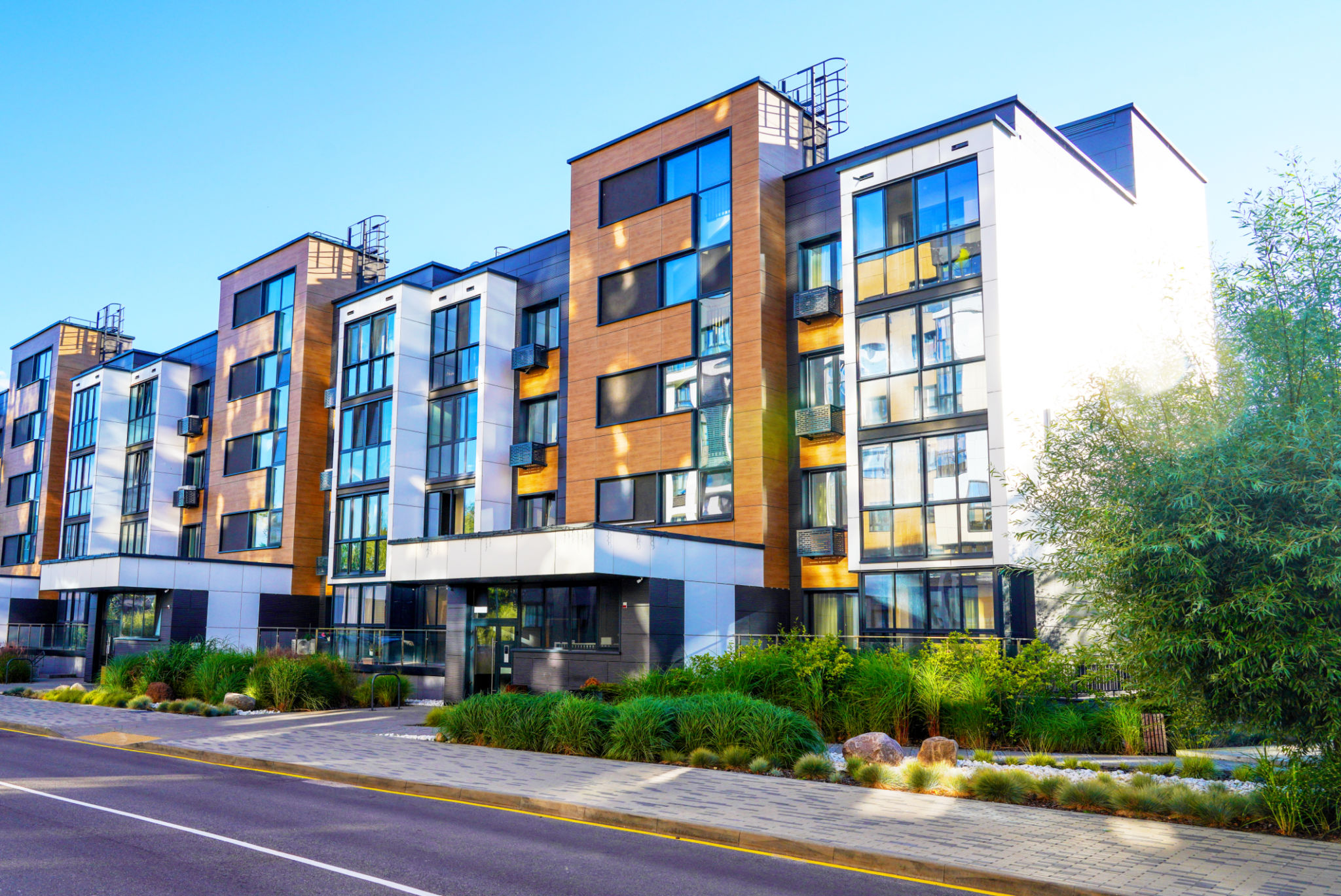Understanding Digital Twins: Enhancing High-Rise Structural Health in Walton County
Understanding Digital Twins
Digital twins are becoming an increasingly vital tool in modern engineering and architecture. These virtual replicas simulate physical entities, allowing experts to analyze data and predict outcomes efficiently. In the context of high-rise buildings, especially in areas like Walton County, digital twins provide a revolutionary way to enhance structural health and safety.

The Role of Digital Twins in Structural Health Monitoring
Digital twins serve as a comprehensive system for monitoring the health of a building. By using real-time data from sensors embedded within the structure, these virtual models can detect anomalies and provide insights that traditional methods might miss. In high-rise buildings, where structural integrity is paramount, this information can be critical.
Structural health monitoring through digital twins involves several steps:
- Data Collection: Sensors collect real-time data on various parameters like stress, temperature, and vibrations.
- Analysis: The digital twin processes this data to assess current conditions.
- Prediction: By analyzing trends, the model predicts potential issues before they become critical.
Benefits of Using Digital Twins in Walton County
Walton County, with its rapidly growing urban landscape, can greatly benefit from adopting digital twin technology. One of the primary advantages is enhanced safety. By predicting potential structural failures, building managers can take preventive measures, ensuring the safety of residents and workers.

Additionally, digital twins can significantly reduce maintenance costs. By providing precise data on the building's condition, these models allow for targeted interventions, minimizing unnecessary repairs and prolonging the lifespan of the structure. This efficiency is particularly beneficial in high-rise environments, where maintenance can be both challenging and costly.
Implementing Digital Twins in High-Rise Buildings
The implementation of digital twins in high-rise buildings involves integrating various technologies. Sensors are strategically placed throughout the structure to collect data on key parameters. This information is then fed into the digital twin, providing a comprehensive view of the building's health.
Collaboration between engineers, architects, and IT professionals is essential to create an effective digital twin system. By working together, these experts can ensure that the model accurately reflects the physical building and provides valuable insights for decision-making.

Future Prospects of Digital Twins
The future of digital twins in Walton County looks promising. As technology advances, these models will become even more sophisticated, offering deeper insights and more accurate predictions. With the integration of artificial intelligence and machine learning, digital twins will continue to evolve, providing even greater benefits to the construction and maintenance of high-rise buildings.
In conclusion, digital twins represent a significant advancement in structural health monitoring. For Walton County, adopting this technology means safer, more efficient, and more sustainable high-rise buildings. As urban development continues, digital twins will play a crucial role in shaping the future of construction and infrastructure.
